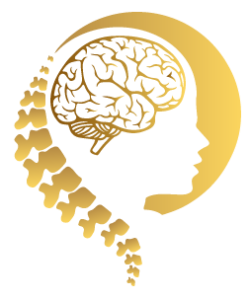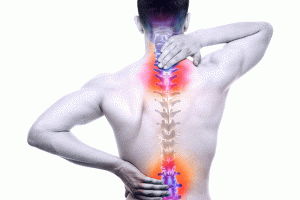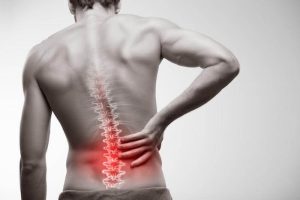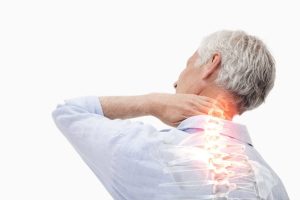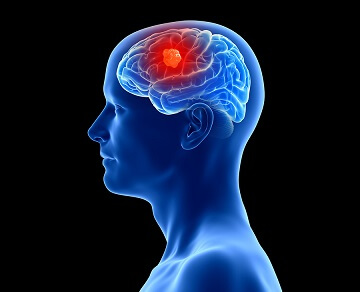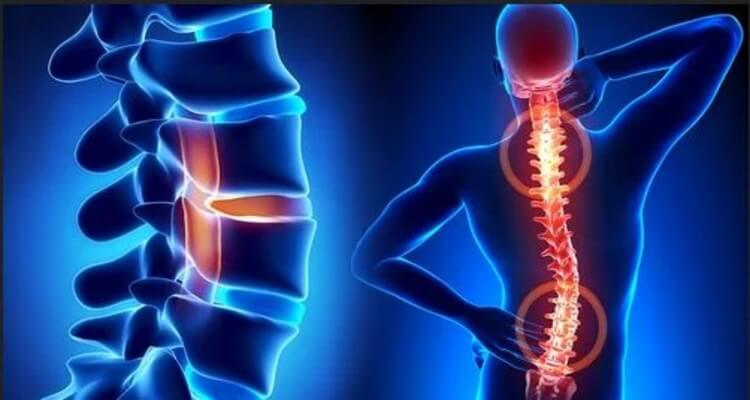- دکتر علی شمسا
- Services
- Canal stenosis surgery

Spinal stenosis surgery, which sometimes involves the lower part and back (lumbar) and sometimes the neck and its vertebrae (cervical), is suggested for people who have not received a suitable response from minimally invasive treatment methods. Based on various problems such as tearing, abrasion, etc., the internal part of the spine loses its sufficient space and the spinal cord is under pressure, causing the person to experience symptoms such as pain, numbness, tingling, etc. At this stage, depending on the patient’s condition, after being disappointed with minimally invasive treatment methods, the doctor goes for canal stenosis surgery.
Table of Contents
Various cervical and lumbar symptoms of spinal stenosis
According to the exact location of the narrowing and the general condition of the nerves, the symptoms show themselves in different ways. But in general, neck symptoms are sometimes accompanied by tingling in one arm, feeling of weakness in the arms, imbalance, etc., and back symptoms with leg muscle cramps, pain when standing for a long time, numbness and burning in the leg, etc. it shows.

Causes of spinal stenosis
Various causes play a role in the occurrence of spinal canal stenosis, all of which, regardless of the causes of their occurrence, can make people’s lives suffer a lot of hardships in acute conditions. Among these reasons, we mention a few cases: Hereditary problems and the presence of a small spinal canal from birth. Excessive bone growth of the inner wall of the spinal canal, rupture due to osteoarthritis on the vertebral bones, numerous bone and rheumatic diseases in adulthood, disc herniation due to heavy work, cracks in the outer part of the disc, abnormal growth of tumors inside the spinal cord, spinal cord injuries due to accidents, falls from a height, the ground eating and… fracture or displacement of one or several vertebrae, swelling of tissue adjacent to the spinal cord or surrounding nerves, aging
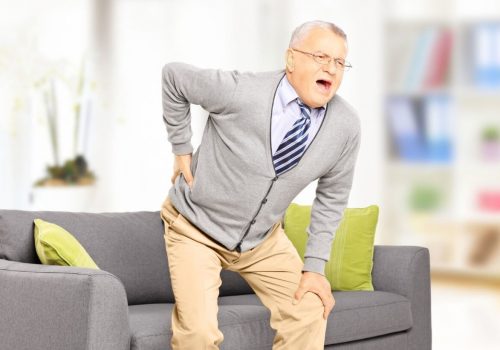
Diagnostic methods for spinal canal stenosis
There are various diagnostic ways that can lead the doctor to a definitive opinion for canal stenosis surgery. Among these ways, in the first stage, we can refer to taking the history of the patient. After that, the quality of walking and the presence of symptoms such as sleepiness, fatigue, etc. in consecutive walks indicate this problem. Burning or coldness of the lower limbs can also partially confirm the existence of this condition. Finally, conducting tests such as MRI, nerve and muscle tape (EMG), will demonstrate any chronic involvement of the nerve roots.

Familiarity with different treatment methods for spinal canal stenosis
In general, there are four distinct methods to improve spinal canal stenosis, and doctors use one or more of these methods in combination to improve the condition of the patient. The first method: using anti-inflammatory drugs. The second method: Physiotherapy and acupuncture manipulation. The third method: Intravertebral injection. The fourth method: Spinal canal stenosis surgery.

For whom is canal stenosis surgery necessary?
Up to 80% of patients can be treated with alternative treatments and do not go to the surgical blade. But in times when the quality of a person’s life is compromised and it is not possible for him to perform daily activities, canal stenosis surgery is the best solution to return the condition to normal. Also, when the pressure on the spinal cord exceeds the normal limit or it becomes impossible or difficult for the patient to walk and maintain balance, surgery should also be done. Of course, many who complain of sexual problems, lack of control over the bladder and bowels, muscle cramps and weakness, dysfunction and general disability, need an urgent surgery.
Mandatory medical care after canal stenosis surgery
Depending on the type of canal stenosis surgery chosen for you, you will have a different recovery period and different care needs. For example, people undergoing laminectomy surgery only need 2-3 days of hospitalization, but if you have fusion surgery, this period increases to 3-5 days. Among the other necessities after the operation, we can mention the following: transfer to rehabilitation centers in order to perform additional care, prescribe pain and swelling and anti-inflammatory drugs, use a brace, refer to a physiotherapist in order to perform light exercises to stretch and strengthen muscles, perform rehabilitation activities to To ensure that the back is not stiffened and to reduce swelling, use a hot water compress or an ice pack to reduce pain
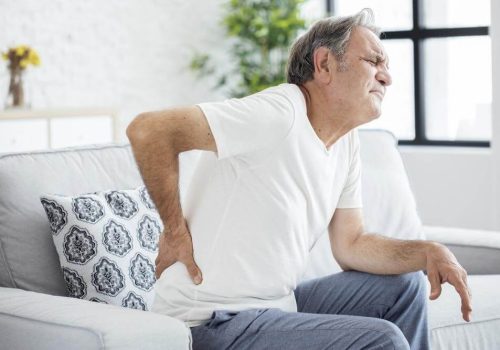
The last words of the canal stenosis surgery chapter: if the canal stenosis surgery is postponed, although the person will not feel the initial pain with the passage of time, he will suffer from many neurological problems. In such a way that he is unable to do many standing tasks and has to endure a sedentary life.




